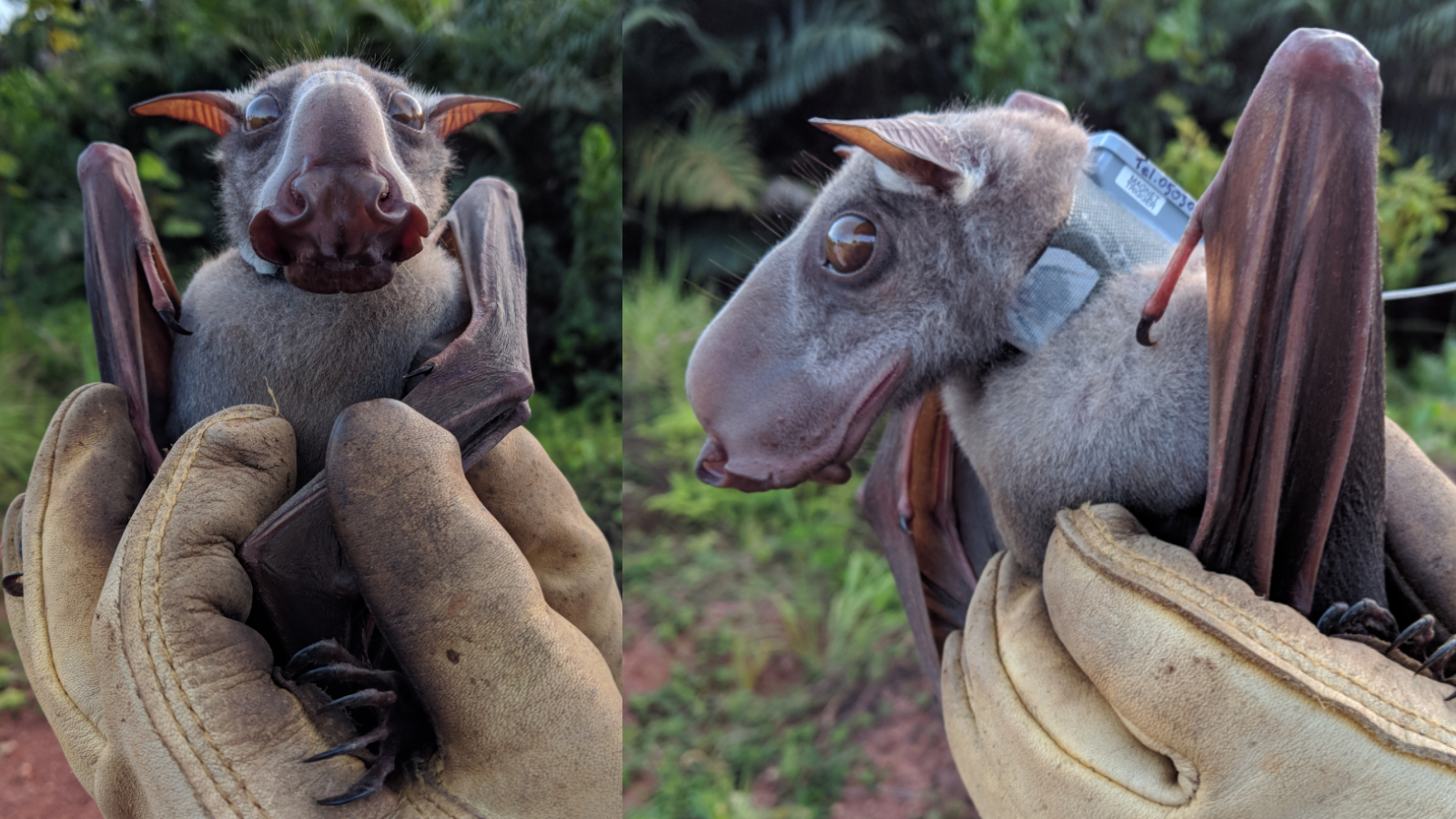Sustainability, Vol. 15, Pages 10990: Research on Operation Efficiency Prediction and Optimization of Biological Retention System Based on GA-BP Neural Network Model
Sustainability doi: 10.3390/su151410990
Authors: Feiwu Chen Qian Zhang Sheming Chen Yingwei Yuan
Bioretention systems are an important measure in sandy city construction to remove pollutants. This study collected all the operating data samples of bioretention ponds currently in operation in China and used the Mantel test and Redundancy Analysis (RDA) to optimize the main factors that affect the changes in pollutant-removal efficiency. Genetic Algorithms (GA) were used to optimize the Back Propagation (BP) neural network model, and a predictive index system was established to predict the efficiency of removing typical pollutants (ammonia nitrogen and nitrite nitrogen) by bioretention ponds. The operating efficiency of bioretention ponds was evaluated and predicted based on the GA-BP neural network model. The results indicated that the highest positive correlation with the operating efficiency of the bioretention system was X3 (rainfall duration), with a correlation coeffi-cient of 0.79, while the highest negative correlation was with X7 (percentage of strong percolating soil) and X12 (the proportion of mineral fillers), with correlation coefficients of −0.89. The overall regression coefficients of the GA-BP model for predicting the efficiency of removing typical pollu-tants (ammonia nitrogen and nitrite nitrogen) were 0.9397 and 0.9303, respectively, indicating high accuracy and representativeness. The overall regression index of the model is 0.9298, and the overall predicted removal rates of typical pollutants in the blank area are 78.72%, 70.31%, and 86.92%, re-spectively. The model can provide a basis and reference for the construction and planning of bio-retention ponds in areas lacking them.

 9 months ago
21
9 months ago
21


